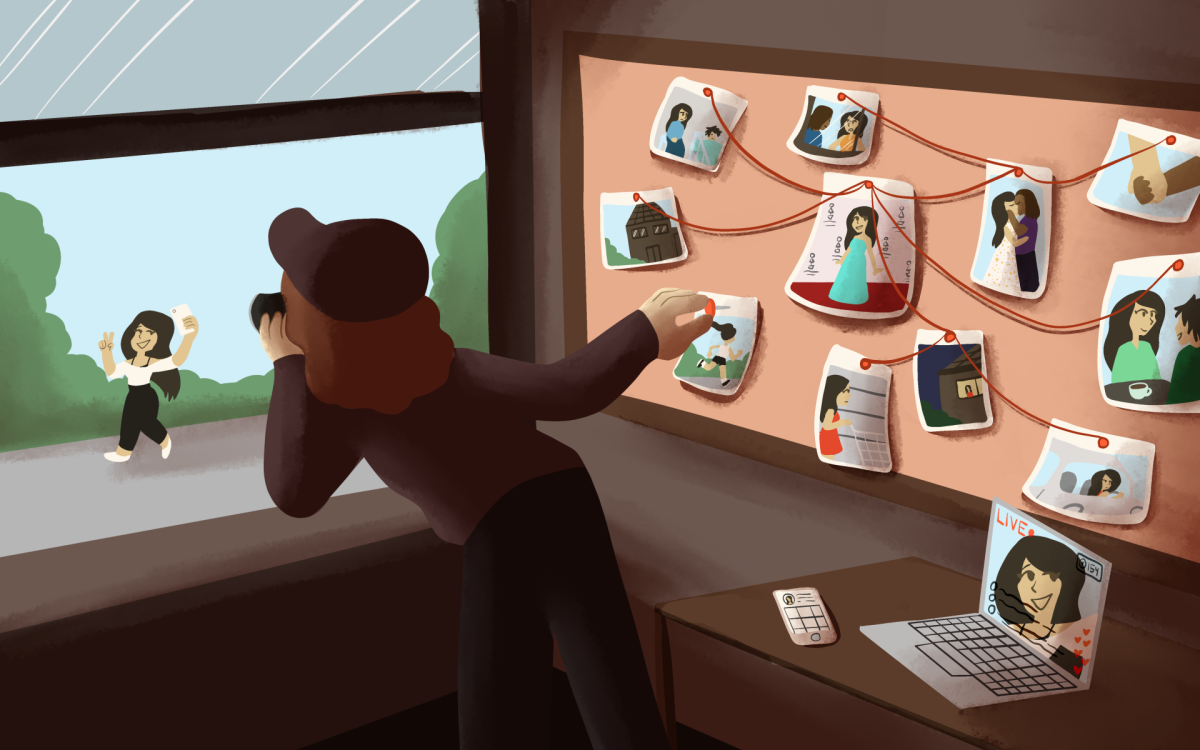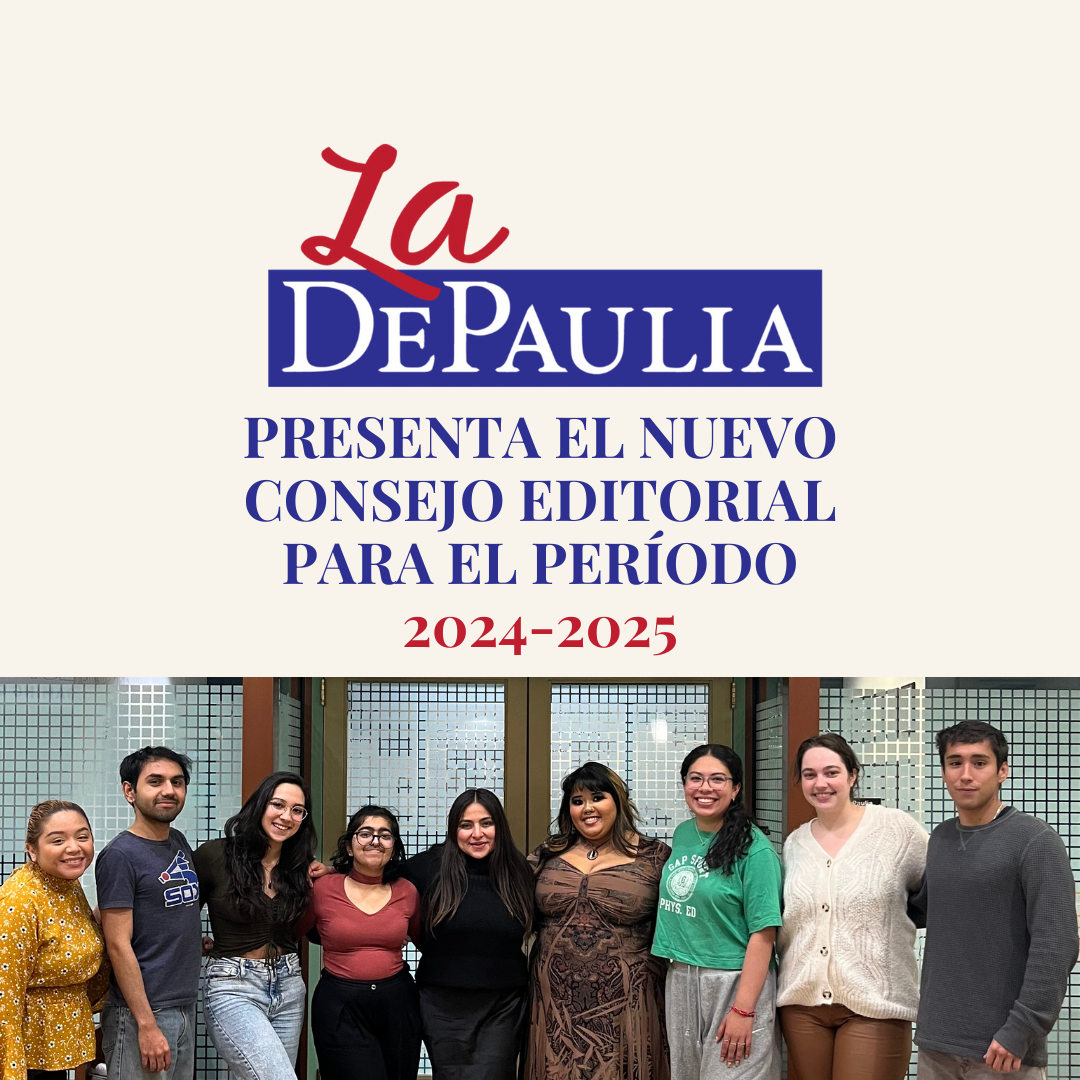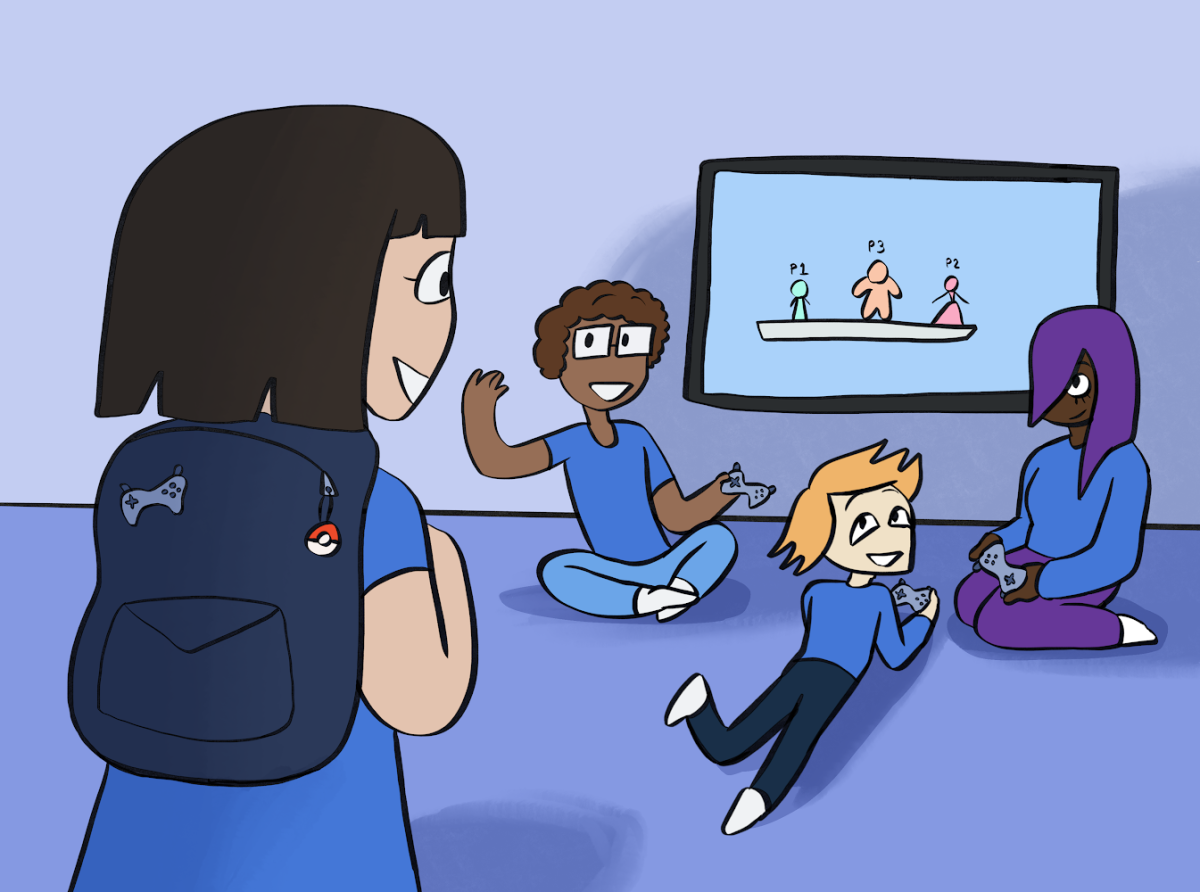When Pope John Paul died April 2, 2005, the world revered his life.
The United States lowered flags to half-staff. China – a country whose population is nearly half atheist – sent condolences. Leaders from Palestine and Israel thanked his contributions.
A polyglot who spoke eight languages and travelled to over 100 countries, Pope John Paul II and his 600,000 air miles literally reached the span of the globe.
“He was able to attract even people who were not Catholic and who were not Christian,” Dr. Emanuele Colombo, DePaul Assistant Professor of Catholic Studies, said. “He was a very young papacy. He started very young so for a certain generation, he was ‘The Pope.'”
Serving as the second longest Pope in history from 1978 to 2005, John Paul II attracted many followers. When he died, crowds shouted, “Santo Subito!” which roughly translates to “Make him a saint immediately!”
Just eight years after his passing, the crowd’s wish was granted Sept. 30 when Pope Francis announced that the canonization for Popes John Paul II and John XXIII will occur April 24, 2014, after which they will officially achieve sainthood.
According to the New York Times, the dual canonization is meant to unite the Catholic Church. Normally, the climb to sainthood is a four-step ladder. Once a candidate is nominated for the first step and the title “Servant of God,” a bishop determines if a nominee is a viable canonization candidate.
Once heroic virtue is determined by the Vatican’s Congregation of the Causes of Saints, the candidate has achieved the second step and becomes “Venerable.” Pope John Paul II reached the third step of beatification (the Latin title for “blessed”) once his first posthumous miracle was approved after the required five-year interim after death.
According to U.S. News, his first miracle occurred only months after his death when a French nun who was struggling with Parkinson’s – a condition that was shared with Pope John Paul II – prayed to the pontiff at night.
In the morning, she “leapt out of bed.” The second miracle occurred in 2011 after the family of Alejandro Vargas Roman prayed to the shrine of John Paul II to cure her of a brain aneurism.
Later, without scientific explanation, it disappeared. With the completion of the second miracle, the road to canonization and sainthood was now open. Living in Poland during World War II and the Communist Regime, Pope John Paul II witnessed religious oppression in both the Jewish and Catholic faiths.
During his papacy, he sought for global tolerance and yearned to communicate with people of different cultures. He was arguably the first globetrotting pope, and during his numerous travels he prioritized world peace and the assistance of the marginalized and the oppressed.
“(Pope John Paul II) had such a global impact,” Mark Laboe, Depaul Associate Vice President for University Ministry, said. “He didn’t play a role as a politician nor as a revolutionary nor as a global business person, which are all ways to change the world. (Rather), he did it from the perspective of faith – a belief in the dignity of human people.”
Sainthood for Pope John Paul II is well justified, and the final announcement of his upcoming canonization reflects a long life devoted to service and generosity to humanity.







